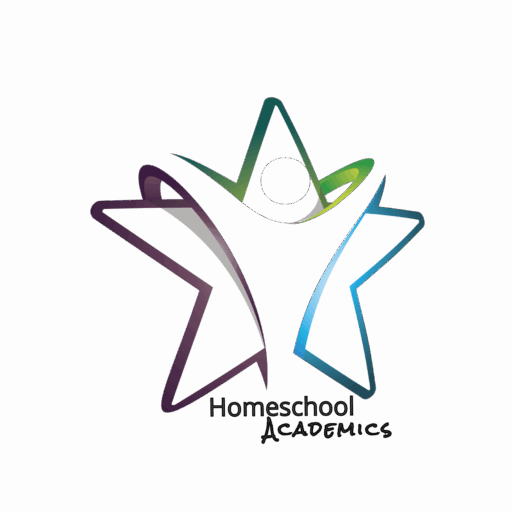Lesson Planning Ways
Individualized education tailors learning experiences to meet each student’s unique strengths, needs, and interests. It empowers learners to progress at their own pace, using methods and supports that work best for them.

Five Lesson Plans Methods
- Aesthetic Approach
- Behavioral Approach
- Constructivist Approach
- Ecological Approach
- Social-Emotional Learning Approach
Teaching Involves Lesson Planning
A strong foundation for successful teaching is essential for effective learning and must be established early in a student’s educational journey. Good planning sets the stage for an optimal learning environment, ensuring that lessons are purposeful, engaging, and tailored to the student’s needs. Effective teachers have a clear vision of what they wish to accomplish and develop strategic methods to achieve their objectives. They carefully design their instructional approach and create a structured yet flexible framework that promotes student growth and comprehension.
Teaching Kids Geography: Making the World Come Alive
Geography is more than memorizing capitals or identifying landforms—it's about helping children understand the world and their place in it. Teaching geography can spark...
The VARK Theory
The VARK Theory is a model that identifies different learning styles and suggests that individuals learn best when receiving information in a format that suits their...
Using Project-Based Learning in Your Homeschool
Project-based learning (PBL) can be an incredibly engaging and practical approach to homeschooling. It allows for deep exploration of topics through hands-on, real-world...
What Is Common Core, Anyway?
If you’re a homeschooling parent, you’ve probably heard the term Common Core tossed around at co-op meetings, homeschool conferences, or late-night Facebook debates that get...
When Reading and Spelling Actually Click
Somewhere between snack time and losing yet another sock, a curious question tends to float through the minds of those shepherding young learners: “When do kids actually...
Why Use Bloom’s Taxonomy
Bloom's Taxonomy is a framework for classifying educational objectives and is often used to guide the development of curriculum and assessments in traditional educational...

